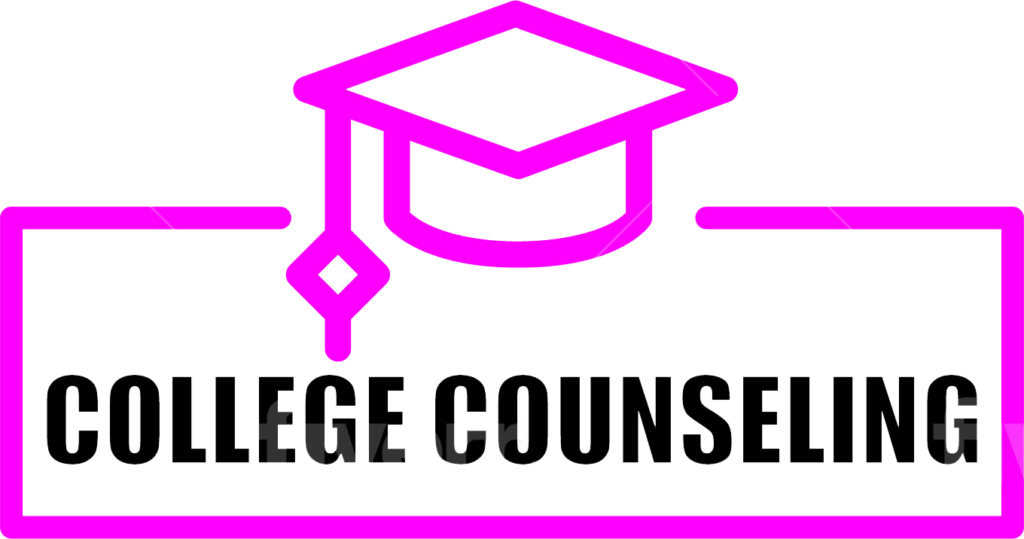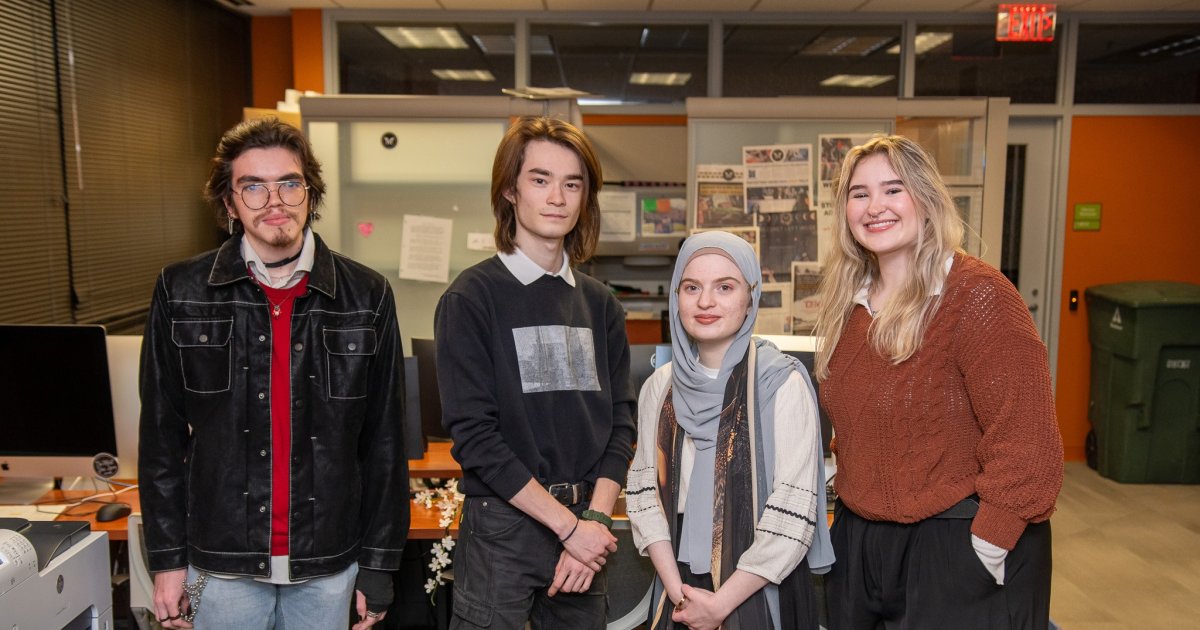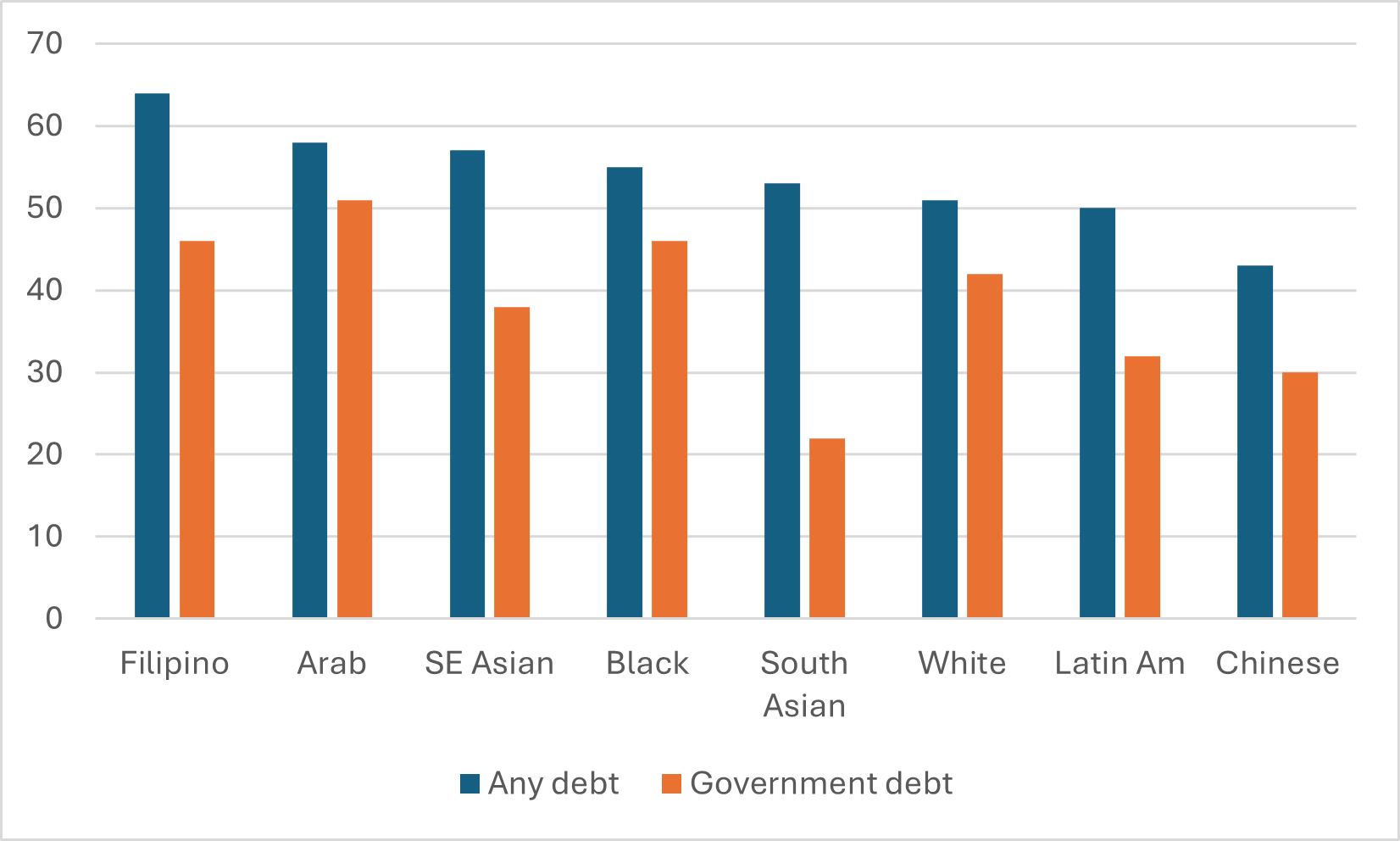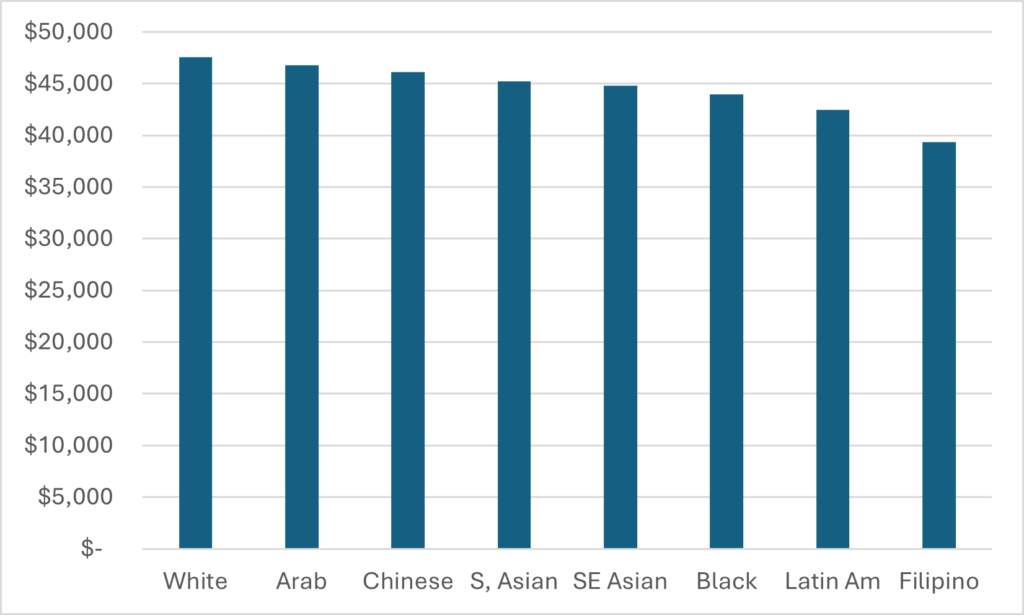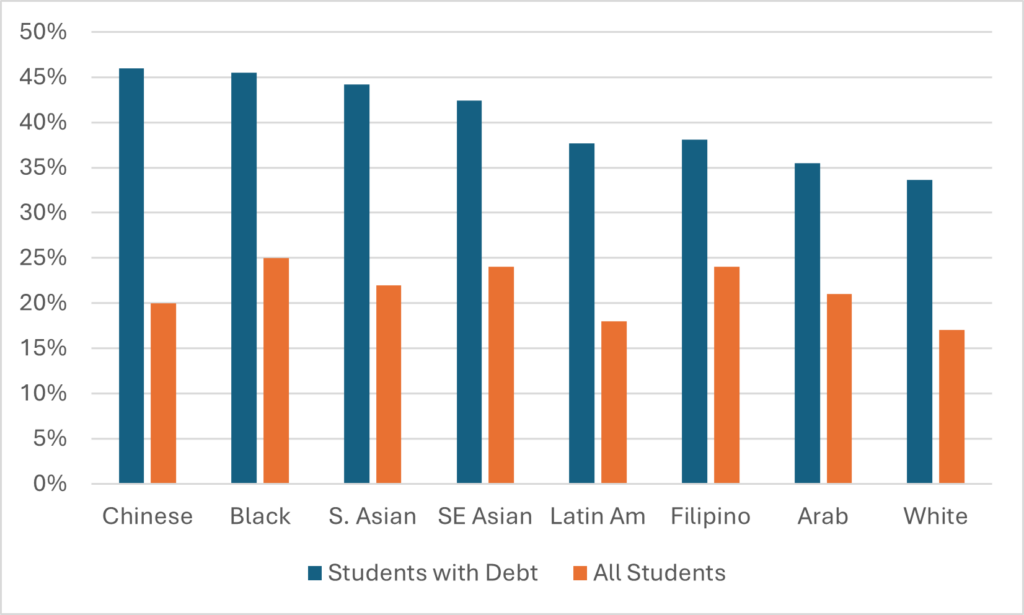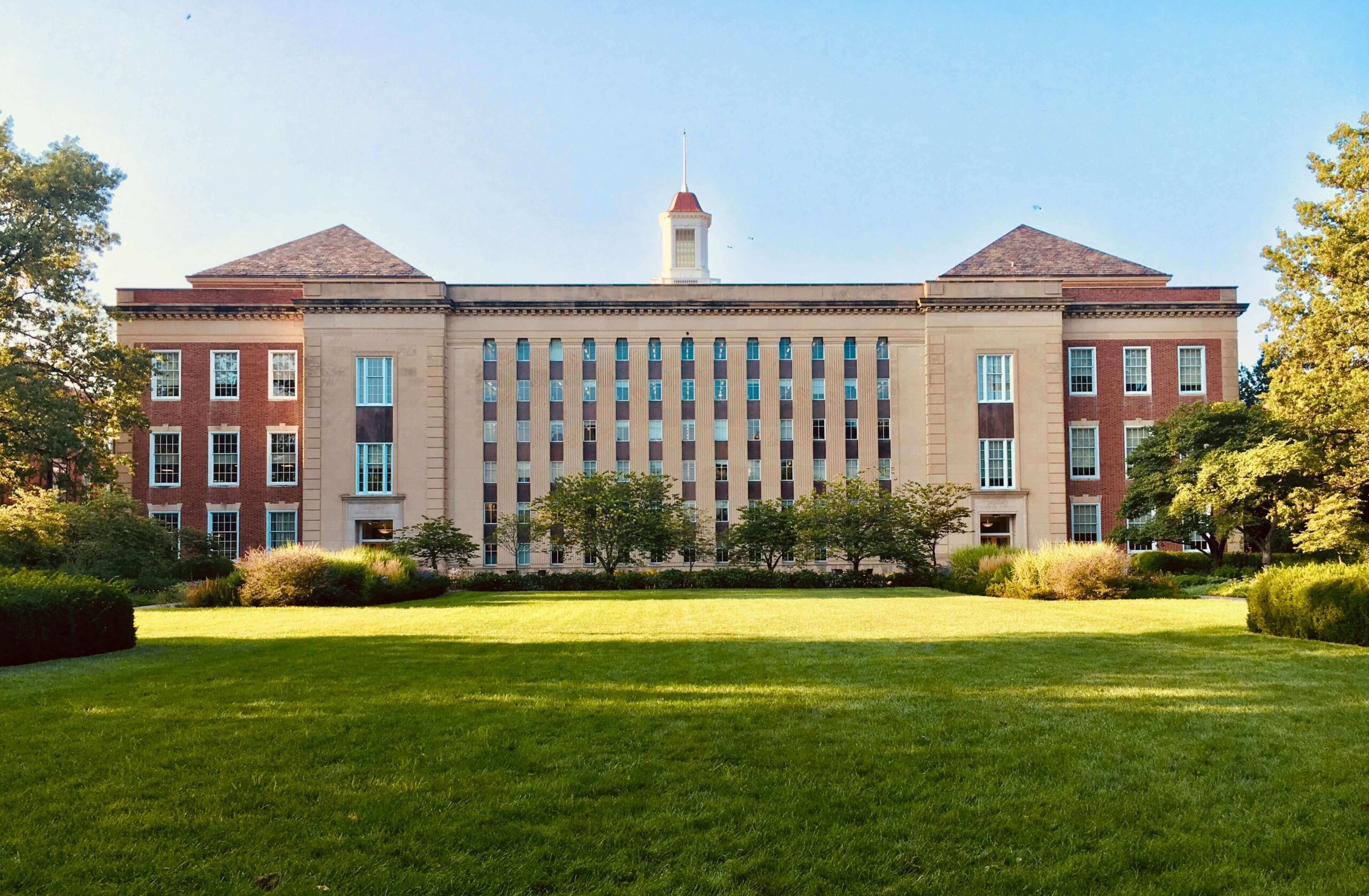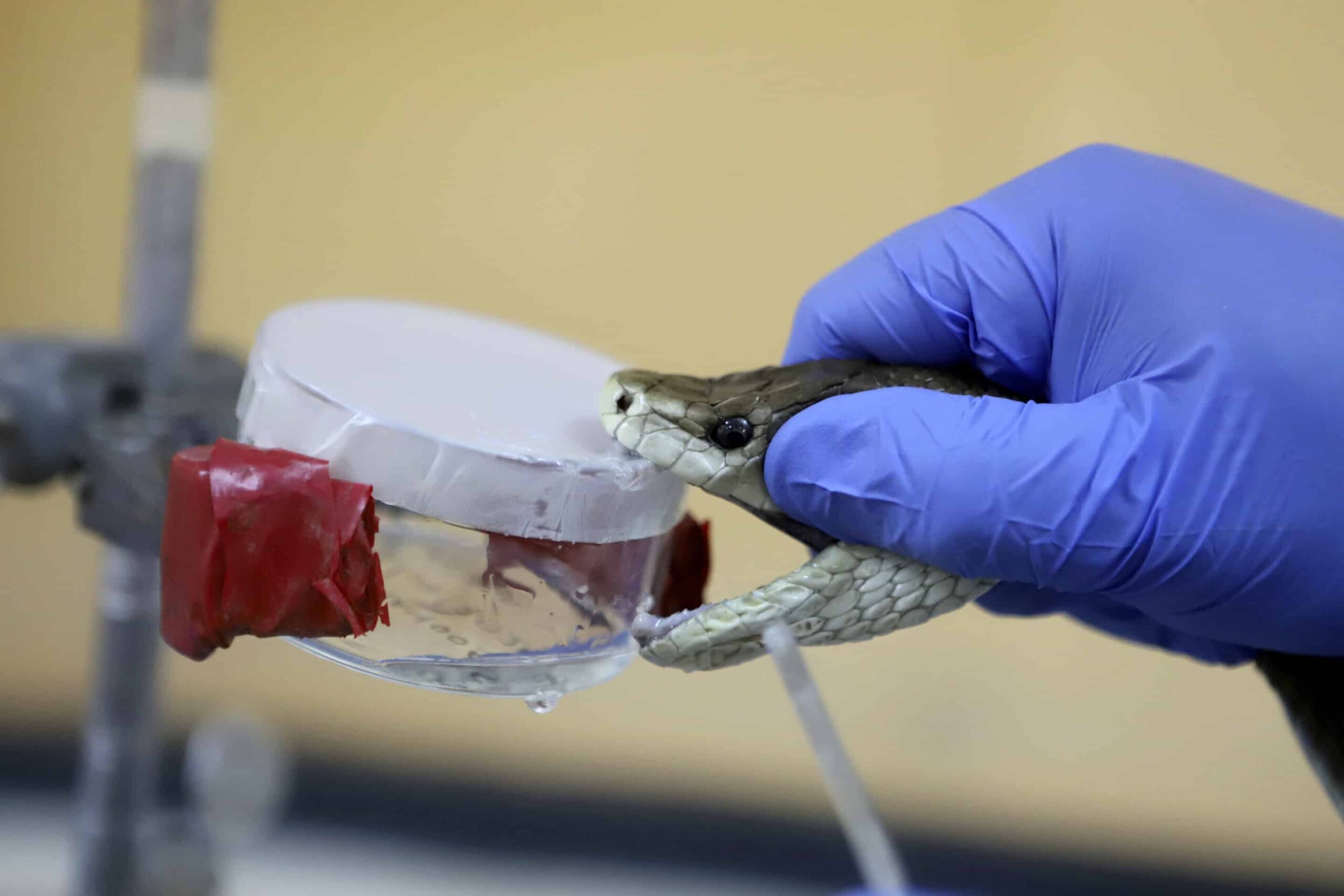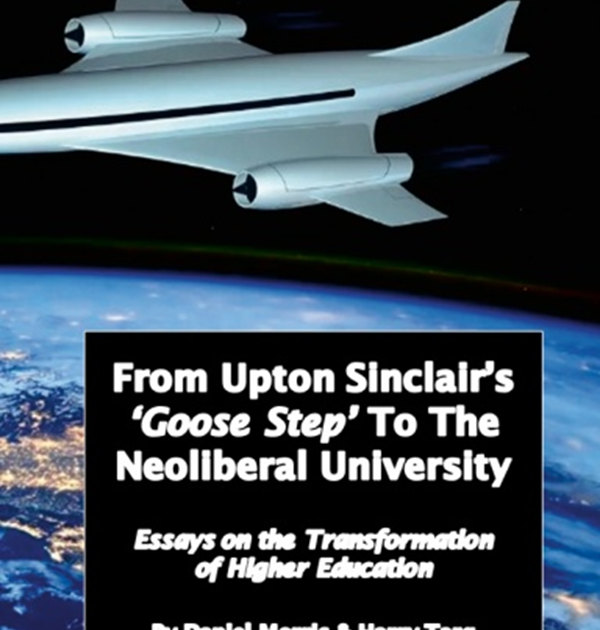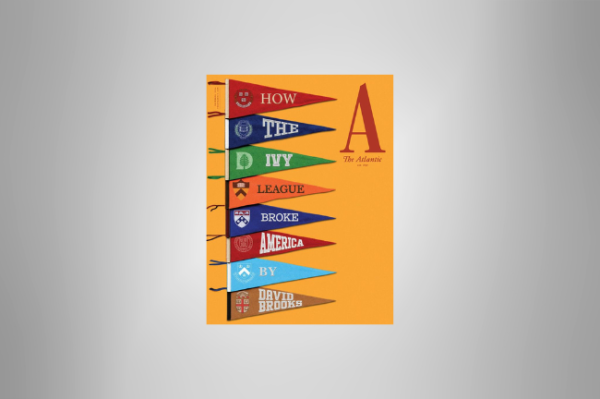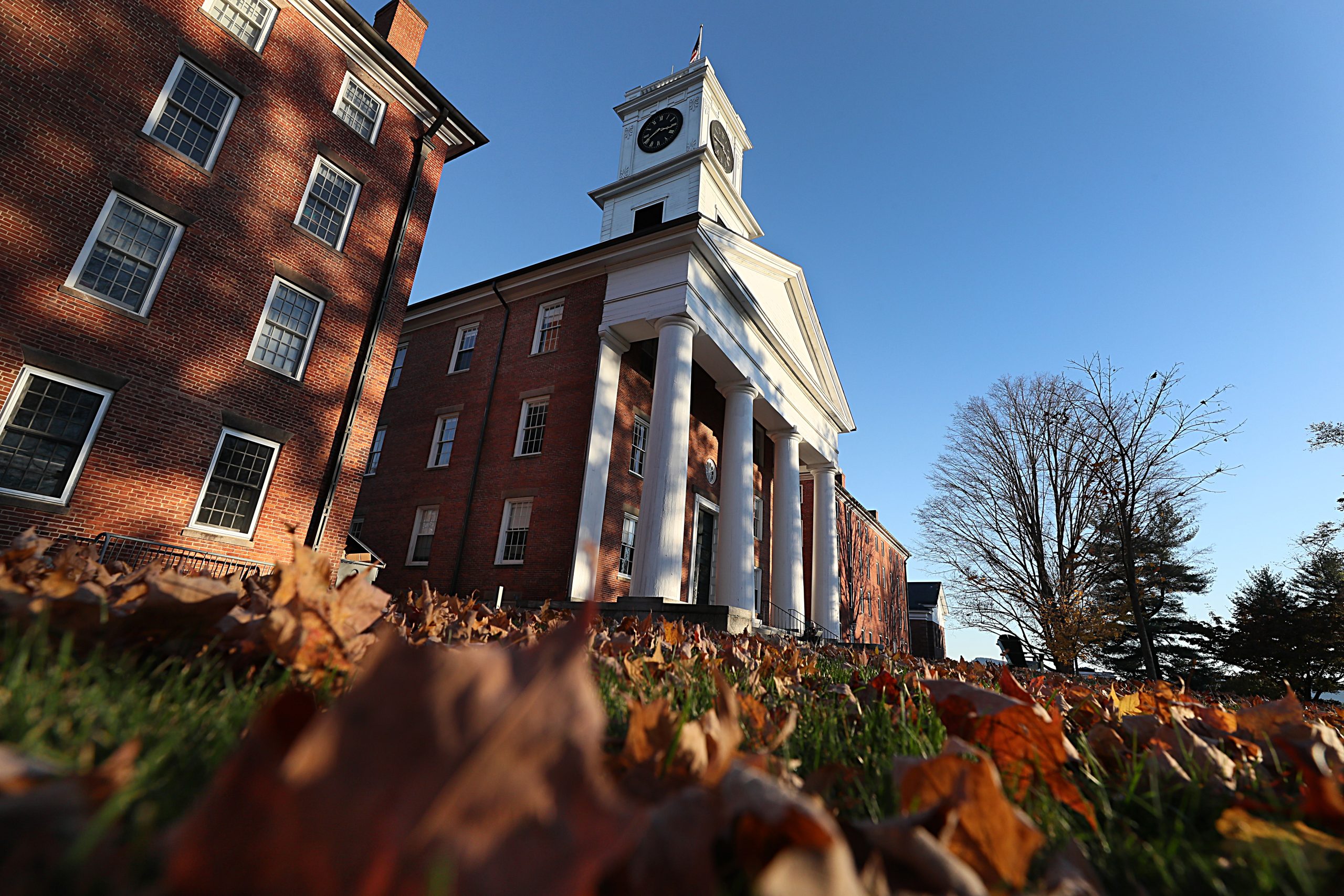At the University of Texas at Dallas, a new independent newspaper is bearing witness to an authoritarian streak undermining student rights on campus. Last week, The Retrograde published its first print edition — cementing its status as the successor to The Mercury, the historic student newspaper that administrators silenced last spring for expressing dissenting opinions.
The new paper’s name — a reference to the astrological phenomenon of “Mercury in retrograde” — also references student journalists’ perception that the university is “going in reverse” on important issues like free speech.
“We are seeing the school backslide and we want to make sure that each step backwards is criticized and documented,” said Gregorio Olivares Gutierrez, former editor-in-chief of The Mercury and current editor of The Retrograde.
Concerns about academic freedom on college campuses spurred an interest in journalism for Gutierrez, a UT Dallas sophomore studying political science and philosophy. In an interview with FIRE, Gutierrez explained that he joined The Mercury in October 2023, “mainly because I was hearing a lot of commotion around the removal of DEI from the classroom.”
Although Senate Bill 17 — which Texas passed in 2023 to ban DEI offices, training, and statements at public universities — included exceptions for teaching and research, headlines revealed in November 2024 that administrators were, in fact, subjecting teaching and research to “intense scrutiny” under the law.
As Gutierrez tells it, he saw warning signs at the University of North Texas, UT Dallas’ closest neighbor in the statewide system, where administrators unilaterally removed references to concepts like diversity and critical race theory from course titles and syllabi. “Despite these being higher-ed concepts, you couldn’t even talk about them,” Gutierrez said. FIRE wrote a letter to North Texas on Dec. 6, 2024, urging administrators “to refrain from unlawfully ordering changes to faculty’s pedagogical material as part of UNT’s overreaching compliance with state law.”
We are seeing the school backslide and we want to make sure that each step backwards is criticized and documented.
At UT Dallas, Gutierrez describes the emergence of a similar climate, where faculty “are scared that what they’re going to say isn’t allowed or that it will get them in trouble,” or might be “a mark against them” in tenure review.
Gutierrez says The Mercury was a watchdog not just at UT Dallas, but within the statewide system.
“Anytime [Governor] Greg Abbott wants to crack down on higher ed,” Gutierrez told FIRE, “he usually starts with UT Austin, and then the other presidents in the UT system will either . . . do the same themselves or . . . get the consequences thrown their way.” And these changes affect UT Dallas. As Gutierrez explains it, “if there’s something’s going on in one Texas school, it’s very likely that our administration is going to like what they see and try to incorporate that into our campus policy.”
It was exactly this watchdog role that got Gutierrez and The Mercury into trouble. Last spring, after a police crackdown on First Amendment-protected protests at UT Austin, Gutierrez recalls asking, “If encampments form at UT Dallas, what will we do? How do we protect our student journalists if there are police there? Can we make sure that we’re not getting arrested while doing this important coverage?”
The Mercury’s journalists were not arrested by the state troopers that UT Dallas deployed to break up pro-Palestinian protests, but the newspaper’s relationship with the administration deteriorated after its coverage criticized the university for quashing peaceful protests. In the end, administrators forced Gutierrez out, firing him as editor-in-chief and then firing more staff when they went on strike in protest. To make it worse, administrators completed these terminations without following official policy on the removal of editors — denying due process to Gutierrez and his colleagues.
It would have been very easy for us to just roll over and let the campus administration do whatever they wanted with the student newspaper. But that would be a failure on our part to do proper journalism. It would be a huge dereliction of our duty as student journalists.
Over a thousand people signed The Mercury’s solidarity petition after Gutierrez was fired. Not only that, as Gutierrez recounted to FIRE, “The student government passed multiple resolutions denouncing the actions from campus administration and then supporting our new endeavors with The Retrograde, officially recognizing it as the student newspaper. And the faculty’s academic senate has also been in support of us. They passed a resolution, which was just like — We’ll support the student government’s decision.”
For the student journalists behind The Mercury, the administration’s attempt to silence them marked the beginning of a new chapter for independent student expression.
Gutierrez told FIRE that The Retrograde is working to get 501(c)(3) status and is currently registered as a nonprofit in the state of Texas. This move would give the newspaper full control over its operations — unlike The Mercury, which was beholden to administrators and faculty on the university-sponsored Student Media Oversight Board.
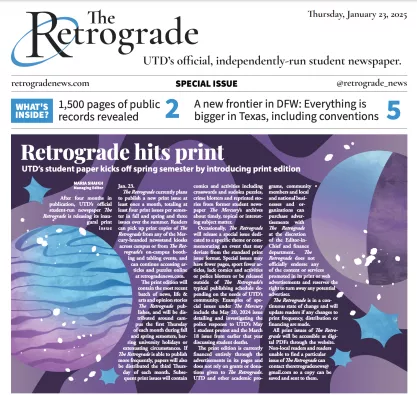
But this new era of editorial freedom has not come without challenges. Gutierrez told FIRE that although “we do what we want as student journalists and we don’t have to fear campus reprisal when it comes to our actions, the administration has been very insistent that they don’t want this structure to exist at all.” While The Retrograde is free from direct retaliation, the university has engaged in what Gutierrez calls a “subtle form of censorship” by directing inquiries to PR officials, ensuring that the official university response is the only one that gets heard.
Administrators at UT Dallas have a lengthy history of suppressing transparency and keeping student voices under their control. During Gutierrez’s freshman year, he recalls a cat torturer being exposed in a front page article in The Mercury as an employee of the university. Although the investigation was thorough and newsworthy, Gutierrez says, “The university didn’t like that we were talking about it . . . They were like, oh, we’re dealing with this internally, so you don’t need to make it public.” And in the spring of 2020, when the paper covered a series of suicides on campus, administrators allegedly removed copies of the paper from campus kiosks.
For Gutierrez, reporting on matters of public concern is often a question of safety.
“Students want to know that the people at the testing center [like the cat torturer] might not all be the safest individuals in that very specific circumstance,” he says, “and yet campus administrators don’t talk about stuff like that.”
Despite these challenges, Gutierrez believes student journalists have a sacred obligation to uphold the freedoms promised by the Constitution. “It would have been very easy for us to just roll over and let the campus administration do whatever they wanted with the student newspaper. But that would be a failure on our part to do proper journalism. It would be a huge dereliction of our duty as student journalists,” he added, “to allow this huge infringement upon the First Amendment to occur on campus.”
FIRE to University of Texas at Dallas: Stop censoring the student press
News
Join FIRE in demanding UT Dallas compensate journalists, protect student media from interference.
Gutierrez credits FIRE, the Student Press Law Center, and the Society of Professional Journalists for stepping in with support, resources, and advice. He encourages other student journalists to reach out to these groups if censorship comes their way.
“I think it’s really important for student journalists facing censorship to reach out to others, work together and fight back against the current regime of censorship that a lot of universities are so fond of,” he concluded.
The Retrograde’s plans to hold UT Dallas administrators accountable are as ambitious as ever. After the May 1, 2024 police raid on a peaceful protest at UT Dallas, Gutierrez and his fellow journalists filed a public records request.
“Right now, we’re working through over 1,500 pages of emails that we’ve gotten from our FOIA request,” said Gutierrez, “and a lot of the information in there is damning.”
You can take action to remind President Richard Benson that UT Dallas is a public institution that must abide by the First Amendment and uphold freedom of the press, even when the administration disagrees with student reporting. As Gutierrez says, “I hope it will shame our university administrators into acting normally for once.”
